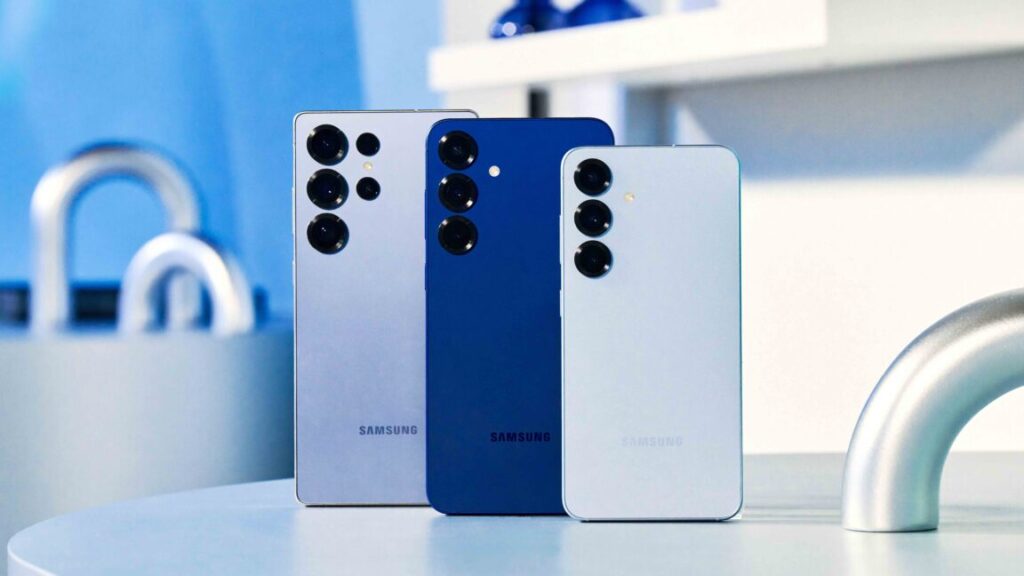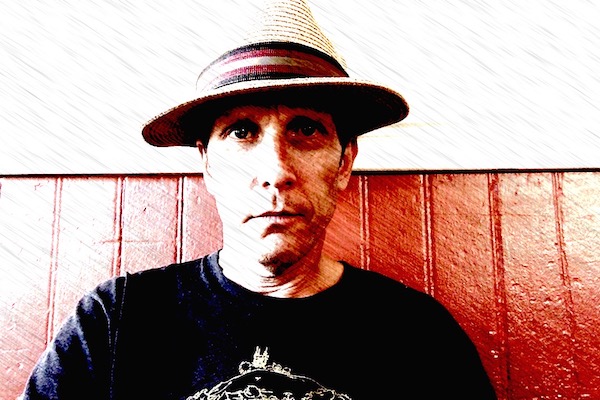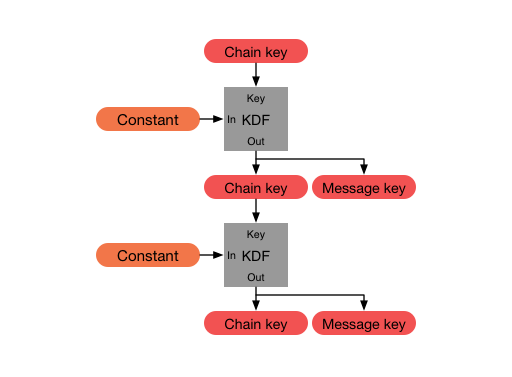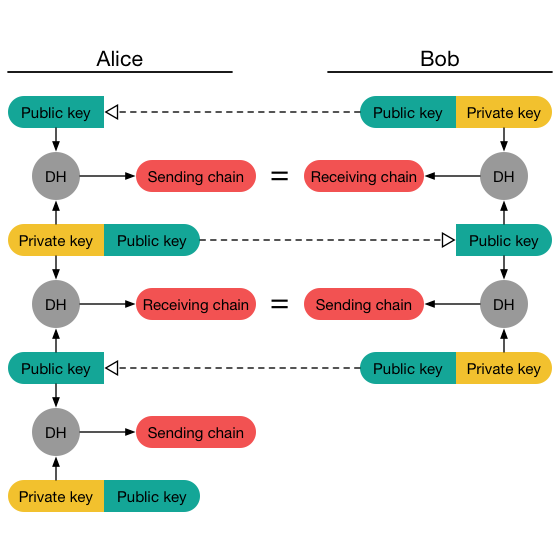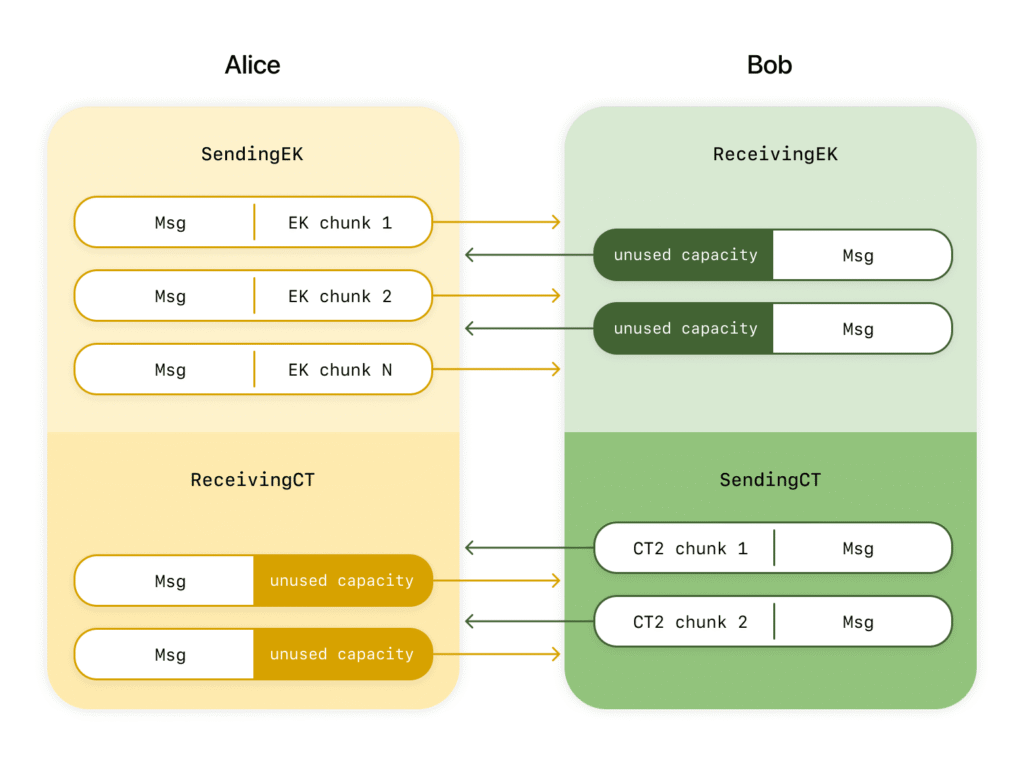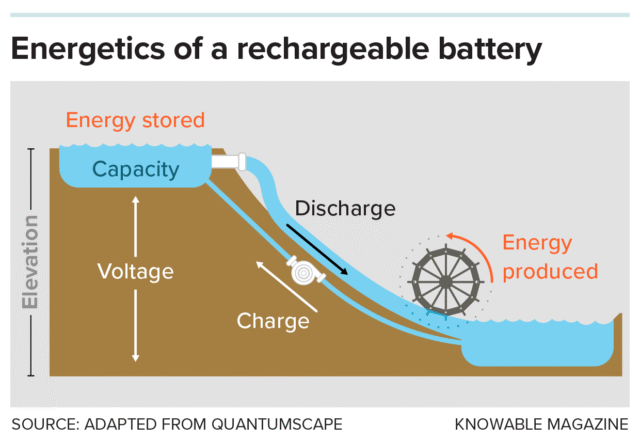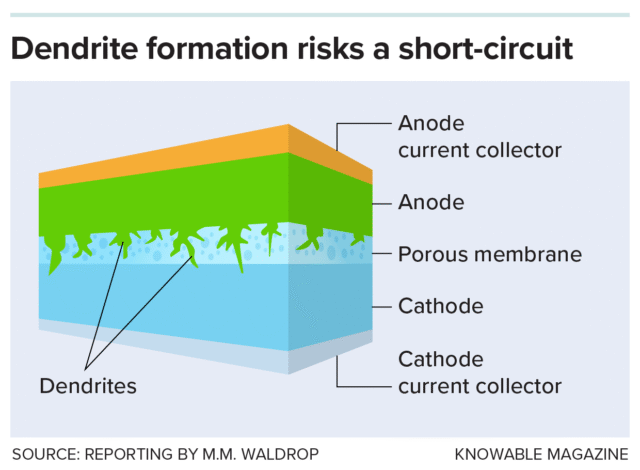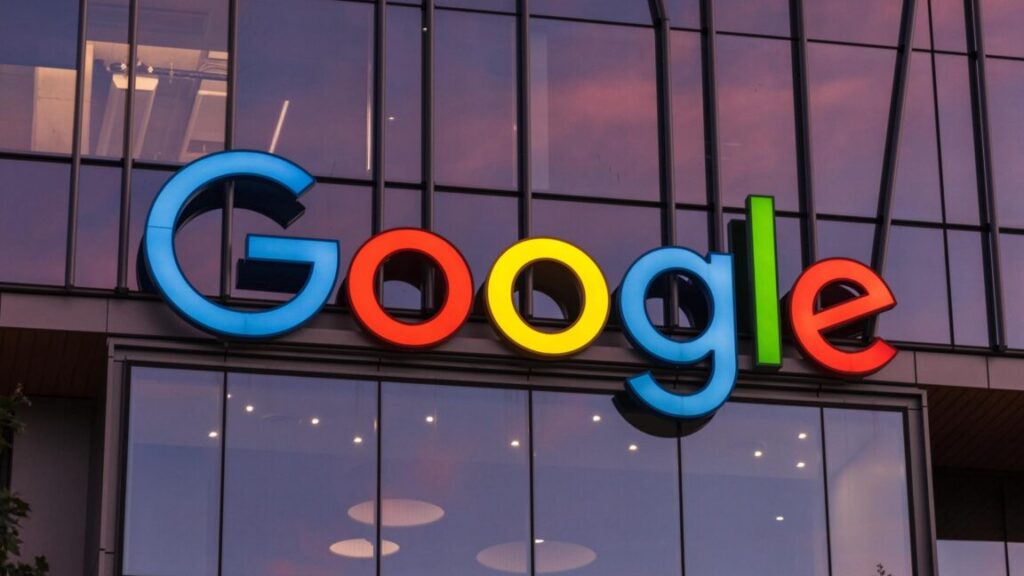New Apple M5 is the centerpiece of an updated 14-inch MacBook Pro
Apple often releases a smaller second wave of new products in October after the dust settles from its September iPhone announcement, and this year that wave revolves around its brand-new M5 chip. The first Mac to get the new processor will be the new 14-inch MacBook Pro, which the company announced today on its press site alongside a new M5 iPad Pro and an updated version of the Vision Pro headset.
But unlike the last couple MacBook Pro refreshes, Apple isn’t ready with Pro and Max versions of the M5 for higher-end 14-inch MacBook Pros and 16-inch MacBook Pros. Those models will continue to use the M4 Pro and M4 Max for now, and we probably shouldn’t expect an update for them until sometime next year.
Aside from the M5, the 14-inch M5 MacBook Pro has essentially identical specs to the outgoing M4 version. It has a notched 14-inch screen with ProMotion support and a 3024×1964 resolution, three USB-C/Thunderbolt 4 ports, an HDMI port, an SD card slot, and a 12 MP Center Stage webcam. It still weighs 3.4 pounds, and Apple still estimates the battery should last for “up to 16 hours” of wireless web browsing and up to 24 hours of video streaming. The main internal difference is an option for a 4TB storage upgrade, which will run you $1,200 if you’re upgrading from the base 512GB SSD.
New Apple M5 is the centerpiece of an updated 14-inch MacBook Pro Read More »



